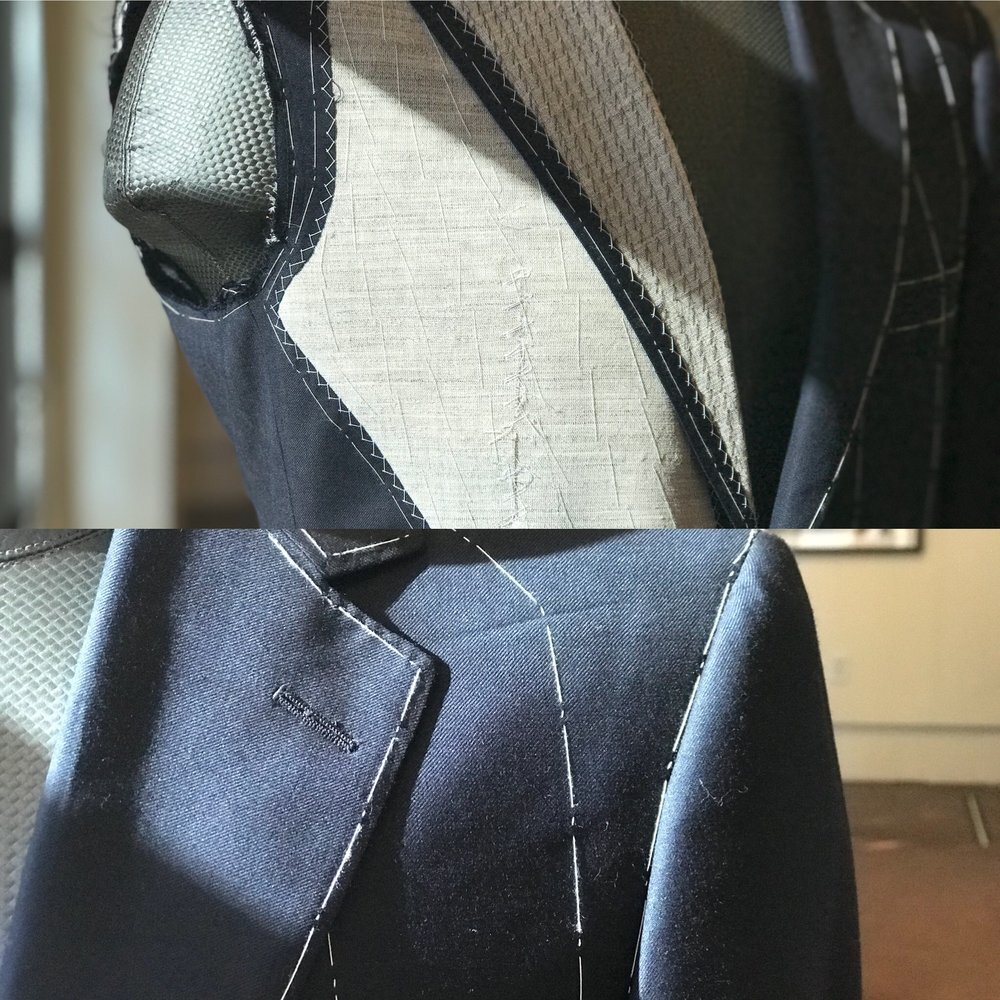Tailored Suits Perth: Boost Your Style with Custom Suits
Tailored Suits Perth: Boost Your Style with Custom Suits
Blog Article
Understanding the Tailoring Process: From Fabric Choice to Final Suitable for the Ideal Closet
The customizing procedure is a complicated interaction of art and scientific research, starting with the important decision of textile option and culminating in the accurate changes of final fittings. Each textile type brings special high qualities that affect not only the visual charm yet likewise the garment's durability and viability for various occasions. Recognizing the nuances of tailoring methods can raise one's wardrobe to unprecedented levels of sophistication. As we explore these aspects better, one must think about exactly how even the tiniest information can dramatically affect the total outcome of one's personal style.
Relevance of Textile Selection
Choosing the best material is important in the tailoring process, as it directly influences the comfort, longevity, and general aesthetic of the last garment. The choice of fabric sets the foundation for the garment's performance, capability, and design. Various fabrics have one-of-a-kind buildings, such as breathability, stretch, and weight, which can significantly affect exactly how the garment drapes and fits the body.

A customized item made from a proper fabric not only showcases workmanship however also elevates the wearer's confidence. Recognizing the nuances of material choice is vital for any tailoring undertaking. It ensures that the final item not just fulfills the aesthetic desires of the customer yet likewise lines up with functional demands, thereby achieving a harmonious balance in between kind and feature in the customized closet.
Types of Fabrics and Their Usages
Recognizing the different kinds of fabrics available is essential for making notified choices throughout the tailoring procedure. Each textile possesses one-of-a-kind characteristics that determine its suitability for particular garments and occasions.
Its convenience enables it to be tailored into everything from tee shirts to gowns. Its natural elasticity aids garments preserve shape over time.
Silk exhibits high-end and is lightweight, making it ideal for eveningwear and fragile blouses; however, it requires cautious handling because of its delicacy. Linen, with its textured surface, is a prominent selection for warm environments, offering a crisp and ventilated feel, but it wrinkles conveniently, which may influence the garment's appearance.
Synthetic materials, such as polyester and nylon, deal sturdiness and resistance to wrinkles, making them ideal for daily wear and energetic apparel. Comprehending these material kinds and their properties enables for better decision-making, guaranteeing that each customized item not only fits well however likewise lines up with the designated purpose and celebration.
The Tailoring Methods Explained
The art of tailoring counts on a range of strategies that change fabric into well-fitted garments. Central to this process is pattern preparing, where a dressmaker develops design templates based on the client's measurements and wanted style. This initial step guarantees that the garment will certainly fit the user properly prior to any type of reducing happens.
When patterns are developed, cutting methods enter play. Precision is vital as errors can result in misfitting garments. Tailors frequently use different reducing methods, such as single-layer reducing for complex layouts and multiple-layer reducing for performance on standard patterns.
Basting is an additional crucial technique, allowing tailors to briefly sew fabric items with each other for an initial fitting (tailor tuxedos perth). This method uses the chance to examine the drape and total shape before final sewing
Seaming strategies, including flat-felled seams and French joints, boost the garment's durability and visual charm. Tailors also use strategies such as interfacing and cushioning to provide structure and shape to specific areas, like collars and shoulders.
Lastly, ending up techniques, consisting of hemming and edge completing, make sure the garment's long life while providing a refined look. Together, these techniques form the foundation of effective tailoring, resulting in elegant, custom-fit garments.

Suitable Modifications and Considerations
After the first customizing methods have actually been applied and the garment is constructed, suitable modifications end up being paramount to achieving the best fit. These changes helpful hints deal with numerous facets of the garment, guaranteeing it contours to the wearer's physique and improves general look.

The surge of trousers is an additional essential element; it must sit pleasantly above the hips without causing pain, permitting simplicity of activity. Hemming lengths for both pants and skirts must reflect the user's favored design while respecting percentages.
Moreover, attention needs to be offered to the back of the garment, guaranteeing that there are no unattractive pulls or excess textile - custom suits perth. Each adjustment needs to be carefully taken into consideration, as also small changes can considerably affect the general fit and visual of the customized item, ultimately bring about a closet that shows self-confidence and refinement
Preserving Your Tailored Attire
Proper upkeep of tailored garments is necessary learn this here now to preserving their fit and look with time. To make certain longevity, normal cleaning is vital. Constantly adhere to the care tag directions, which may recommend dry cleansing for delicate materials or equipment washing for even more resilient products. Prevent regular this hyperlink laundering, as this can use down the material and modify the garment's shape.
Storage is just as essential; usage cushioned hangers for coats and layers to maintain shoulder structure, and store trousers folded up nicely or hung to avoid creasing. Secure garments from straight sunshine, which can fade colors and damages fibers.
Furthermore, routine evaluations for minor fixings can prevent larger problems. Examine for loose buttons, tearing joints, or indications of moth damage, resolving these issues quickly to preserve the garment's honesty.
Lastly, think about seasonal rotation. Using tailored pieces in small amounts permits materials to recoup, prolonging their lifespan. By applying these maintenance methods, you can make sure that your tailored garments remain as immaculate as the day you initially used them, improving your suitable wardrobe for years ahead.
Conclusion
The customizing procedure, incorporating fabric selection, knowledgeable techniques, and specific suitable modifications, plays an essential function in producing garments that improve both convenience and design. Comprehending the importance of maintenance prolongs the life of customized garments, strengthening their worth in a well-curated wardrobe.
Report this page